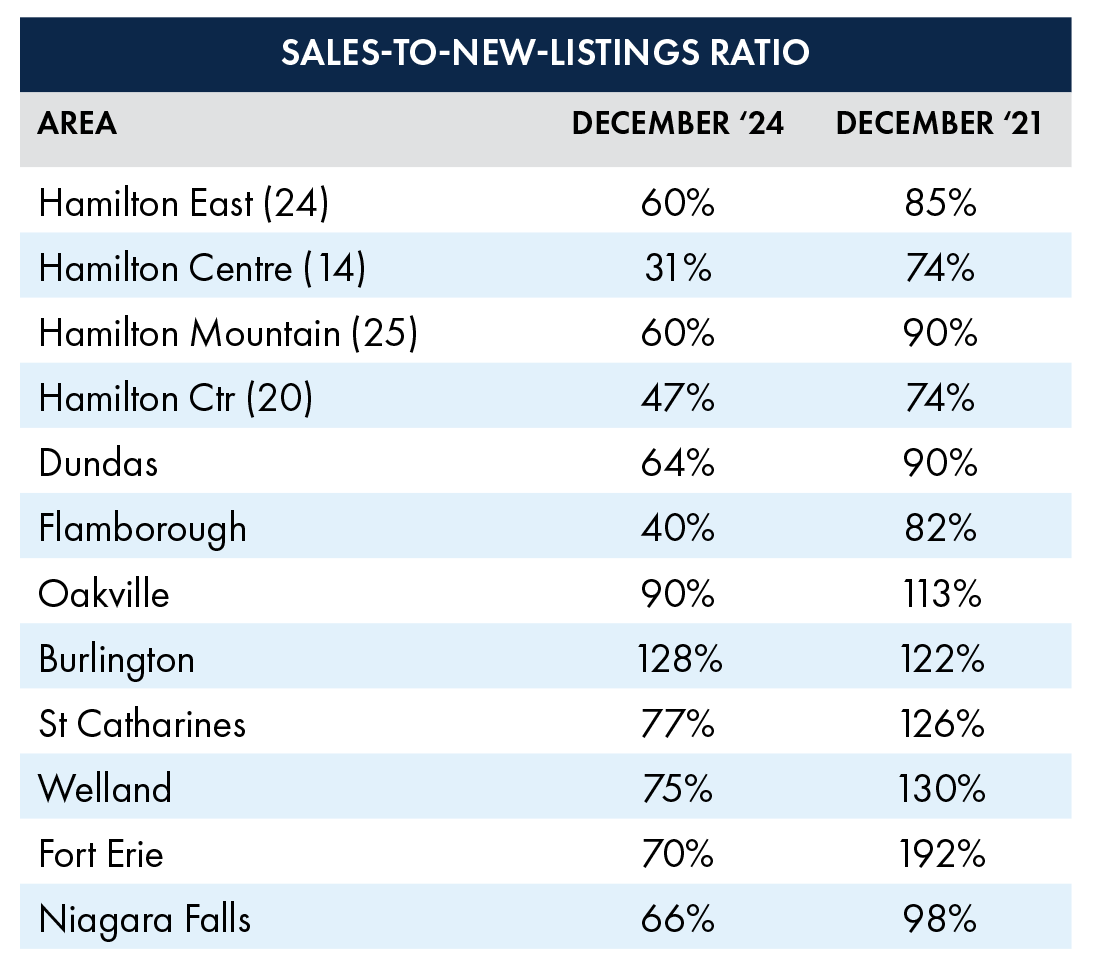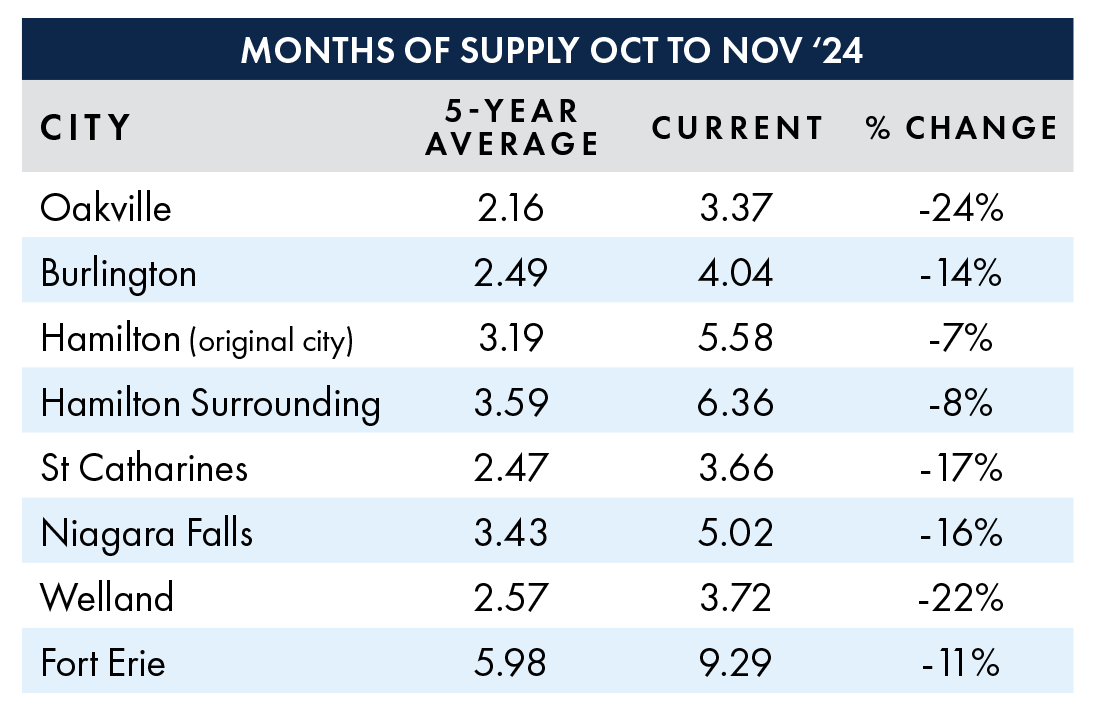Whatever happened to all those predictions of the last 25 years? Every year, there are bold predictions, many of which were born at the end of the 20th Century and were pegged to the year 2020. We all remember that year and how the world was derailed, which makes me wonder: What if COVID-19 had not occurred? Would we have seen these predictions take hold? Or were they so farfetched and born of wishful thinking, that they were premature and needed more technology, greater human desire, and an insatiable thirst for change?
How about holding those accountable to their predictions? Elon Musk has been the author of many, from the colonization of Mars to self-driving cars everywhere. Some predictions, like Musk’s, are self-serving, considering he owns a little car company worth $1.43 trillion and some start-up called SpaceX. What about widespread cloning? Or the prediction that world oil demand would start plummeting in 2010 (84.8 million barrels per day) to where it is today at 104.46 million barrels per day. Another Elon prediction, or wishful thinking?
How about the end of books, wearable computers replacing smartphones, Bitcoin replacing fiat currency, the end of brick-andmortar stores (84.6% market share vs 15.4 % online), the end of the 5-day workweek (Gen Z got it down to a 1-day workweek), the end of physical music formats (they kinda got that right), the demise of cable TV (Rogers buys Shaw Cable for 26 billion in 2023), time travel, teleportation, pet translators, personal robots, a permanent moon base (a prediction since the 1950’s), holographic communication (FaceTime on steroids), and the rise of the Metaverse. So, where is accountability on this stuff? It seems the a-word is the most talked about concept in the real estate industry. Every coach, trainer, speaker and team leader on this planet wrestles with this concept with hopeless anxiety. So allow me to put my reputation on the line and do some thoughtful market predictions for 2025.
The Real Estate Market and the 7 Avatars
Let’s start with who is going to make-up the market in the coming year. Will it be the young couple getting married, or the 30-year old still living in their parent’s basement tired of telling people they still live at home, the empty nesters looking to reduce maintenance, the young family looking to upsize, the couple into hipster coffee wanting a more urban environment, the middle-aged couple up for a large mortgage renewal deciding to downsize and save on their monthly payments, the growing family looking for space in thecountry, the parents tired of chauffeuring their kids moving closer to amenities, someone wanting that dream kitchen and tired of overpriced restaurants, or the family looking for something for their kids to amuse themselves in a resort-styled backyard. All of these buyer/seller avatars will make up this market, but for different reasons, some financial and others just tired of holding off on life’s decisions.
Who Laid The Golden Egg: CMHC or The BOC?
Lower interest rates will fuel some of this, along with CMHC expanding insured mortgages to $1,500,000 and 30-year amortizations for first-time buyers. Resources will flow from parents and grandparents. The lower Canadian dollar will curb travel and consumers will create travel destinations in their own homes. And let us not forget, people will outgrow their current living situations, which they have put off over the last 33 months. This was due to unprecedented mortgage rate increases at the tail end of Q1 2022 and the lowest residential sales activity well below the 17-year average. There were approximately 1,315,922 residential unit sales in Southern Ontario since 2008, with an average of 77,407. Last year there were 65,953; this year (up to November 2024) 56,635 —well below the average and just over 50% of 2021 annual unit sales. So why do I feel this is going to happen? We just experienced the bottom of the transaction trough, the only direction is up as unbridled demand takes hold and people begin to live the lives they put on hold.
Are We In A Goldilocks Market? What market are we in, anyway—buyer, seller or plain old balanced? The fairy tale market of 2021 is four years behind us now, but when you compare it to December of 2024, some interesting shifts are emerging. The chart below is the sales-to-newlistings ratio, calculated as of December 26th, in order for me to meet our publishing deadline. This December saw Burlington to surpass December of 2021 and is well into seller’s territory, with Hamilton Mountain (25) and Hamilton East (24) continue to be strong performers, moving into seller’s territory, with Hamilton Centre (14) being the softest market in the region. Dundas leads Hamilton with the highest sales-to-new-listings ratio of 64%, just like it did in 2021. Burlington and Oakville are leading a different charge, with Burlington’s December sales-to-new-listings ratio surpassing that of December 2021. In the Niagara region, 3 out of 4 of the major municipalities were well into seller’s territory for the month of December.
Don’t Be a Rip Van Winkle and Sleep This Market of Opportunity Away
The numbers for December were not yet complete when I wrote this blog, but there was a pattern emerging of some note in the beginning of Q4 of 2024. Months of supply or absorption rate has made a significant decline between October and November of this year. The following chart provides the 5 year average of months of supply for the month of November and the month-over-month decline between October and November which in some areas was significant and if the trend continues we could see a shortage in supply which would lead to home price increases.
Every Fable has A Message at the End
All great fairy tales have 7 elements: the setting (often a castle—your home is your castle), and characters (usually good, Tiff Macklem, and evil, like Donald Trump’s tariffs), magic (CMHC), a problem (housing affordability), a moral (stop waiting on the sidelines for something to happen and live your life), and an ending where everyone lives happily ever after (never underestimate the power of the Canadian homebuyer). The housing market of 2025 holds some twists and turns and possibly a miracle or two. The proposed capital gains increase of the inclusion rate on capital gains over $250,000 has yet to be passed in Parliament. If the Liberal party falls before it passes, we might not see it happen—a miracle for cottage and investment property owners.
At this moment in time, conditions have never been better for firsttime buyers to buy a home. From lower rates to home prices being substantially off their 2022 peak and 30-year amortizations, conditions could not be better. Timing the market will also be a fairy tale of epic proportions. The bank of Canada may pause rates well into 2025. U.S.-imposed tariffs on Canadian goods could limit demand for Canadian exports, leading to job losses causing reduced housing demand. With the decreased immigration and the Government of Canada projecting a decline in population growth of -0.2% over the next two years, rapid growth in home prices could slow. Coupled with declining housing starts, particularly in Ontario, this has already put upward pressure on resale home prices, with the average price of a home in Canada is up 7.4% from November 2023.
The Moral of this Story
The moral of this story is that the real estate market is efficient, responsive and reactionary, the more you try to predict its outcome the longer you will be a unsatisfied spectator. In this past November the U.S. market posted the highest year-over-year gain since June 2021. Similarly, in Canada November 2024 year-over-year sales were akin to November of 2021, the greatest real estate year in history. When you take in all of the numbers as presented above, it begs the question: Is this November an anomaly or a bellwether of things to come?

Conrad Zurini
Broker of Record / Manager
conrad@rmxemail.com | 905-719-3033

